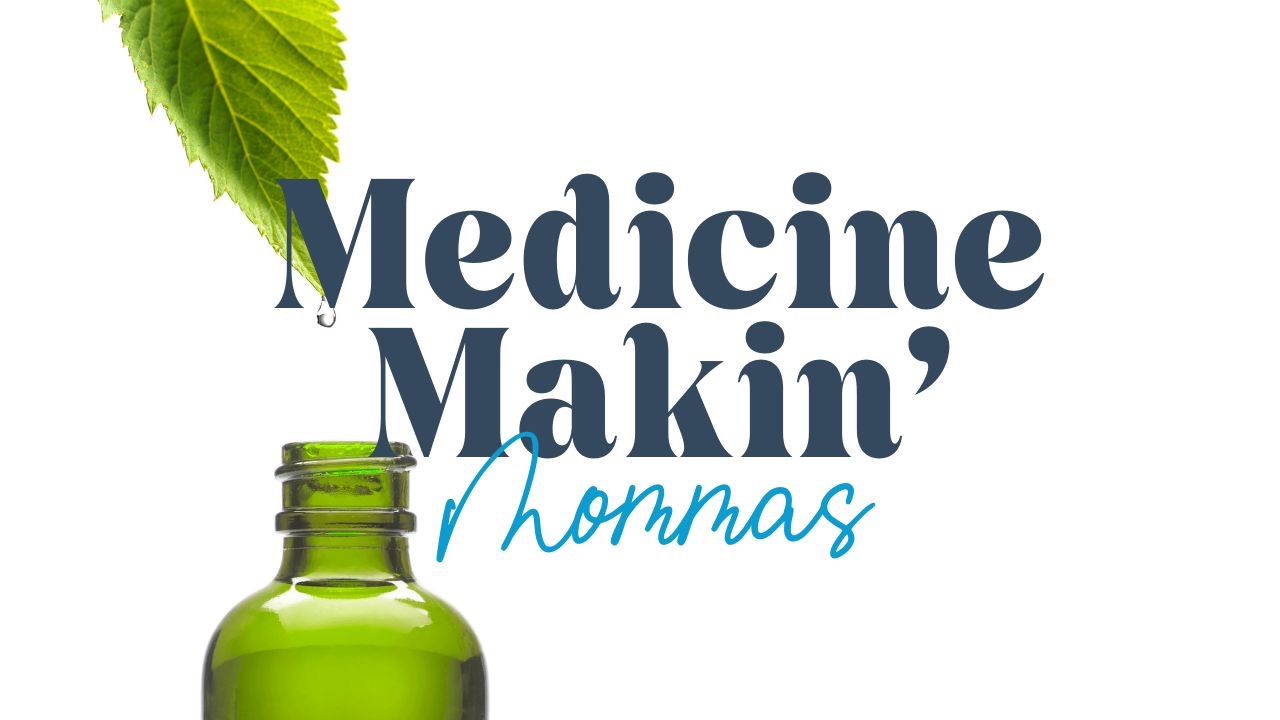Cooking With Medicine: The Healing Powers of the Herbs in Your Holiday Feasts

From sage’s ability to calm digestion after a hearty meal to rosemary’s brain-boosting benefits and thyme’s respiratory relief, the herbs in your holiday feasts are so much more than flavorful additions. These culinary staples hold incredible healing potential that goes far beyond their taste. In this blogcast, we’ll explore how you can use these everyday herbs to nourish your body, support your health, and transform your holiday table into a source of medicine. Ready to discover the healing power hiding in plain sight?
Sage: More Than Just Stuffing
Sage isn’t just for making your stuffing taste amazing—it’s a powerful herb with a long history of medicinal use. Romans held sage sacred, harvesting it through rituals, and it was said to thrive in homes led by strong women. Medicinally, sage is a digestive powerhouse, easing bloating and supporting your body in breaking down fats and proteins.
And, Sage just happens to be a great ally for women, helping with everything from reducing excessive menstrual flow to easing night sweats during menopause. Feeling under the weather? Sage’s antiviral and antibacterial properties make it perfect for sore throats and respiratory infections. Sprinkle a little extra sage on your holiday dishes this year—it’s tasty, grounding, and oh-so healing.
Rosemary: A Brain Booster in Disguise
Did you know that rosemary was once worn by ancient Greek scholars during exams to enhance their memory? This aromatic herb doesn’t just smell amazing—it increases circulation to the brain, improving focus, mental clarity, and mood.
Rosemary is also a natural mood lifter, perfect for brightening up those shorter, darker days of winter. It’s an incredible digestive aid too, helping your body process heavy holiday meals with ease. Whether you brew it as a tea or toss it on your roasted veggies, rosemary brings both flavor and function to your feast.
Thyme: The Unsung Hero of Respiratory Health
Thyme might seem like a humble garden herb, but it’s packed with antimicrobial power. Rich in compounds like thymol & carvacrol, it’s perfect for fighting off colds, coughs, and even tough respiratory infections like bronchitis or strep throat. Thyme doesn’t just help clear congestion—it also acts as an expectorant, helping your body break up mucus and move it out.
Beyond respiratory health, thyme is a nutrient powerhouse, loaded with magnesium, iron, and vitamins A and C. Stir it into soups or use it in herbal steams when you’re feeling under the weather—thyme will have you back on your feet in no time.
Garlic: A Heart-Healthy Powerhouse
Garlic isn’t just delicious—it’s a medicinal superstar. Loaded with a compound called allicin, garlic fights off bacteria and viruses, making it perfect for colds and flu season. It’s even been shown to combat antibiotic-resistant bacteria. Beyond immunity, garlic supports heart health, helping to reduce blood pressure and prevent arterial plaque buildup.
To get the most out of garlic’s medicinal benefits, try eating it raw or lightly fermented—garlic honey is one of my favorite remedies! It’s simple to make, tastes amazing, and is a natural antibiotic that’s great to have on hand during the winter months.
Cinnamon: Sweet and Healing
Cinnamon isn’t just a sweet addition to your desserts—it’s a warming herb that brings circulation to your hands, feet, and even your digestive system. Perfect for those who always feel chilly during the holidays! It also helps balance blood sugar, making it a great companion to all those festive treats we tend to overindulge in this time of year.
Cinnamon’s medicinal properties don’t stop there. It can ease nausea, calm an upset stomach, and even help reduce heavy menstrual flow. Try sprinkling it on your coffee, oatmeal, or even hot cocoa for a comforting, delicious way to stay warm and healthy this holiday season.
The herbs we use in holiday meals remind us that healing is closer than we think—it’s right in our kitchens. From sage’s digestive support to thyme’s respiratory relief, these culinary staples have been helping people thrive for centuries. They’re a beautiful reminder that cooking can be more than nourishing—it can be medicine.
If you’re curious about how to deepen your herbal knowledge and step into the role of a community healer, I’d love to invite you to apply for the Community Herbalist Certification Program. Starting January 2025, this year-long program is designed to empower you to confidently care for your family, friends, and community. Applications are now open—learn more here.
Loved this post? Be sure to subscribe to The Herbalist’s Path podcast for even more tips, inspiration, and herbal wisdom. Let’s make herbalism #Spreadlikewildflowers and bring herbal medicine into every home and community!
Do You Have The Right Remedies On Hand?
Whether it’s a tummy ache, sleepless nights, or boosting immunity, The Ultimate Guide to Stocking Your Natural Medicine Cabinet has the top-quality remedies you need. Tested by a clinical herbalist—and her kid too!
Grab your guide below👇🏼
We hate SPAM. We will never sell your information, for any reason.










